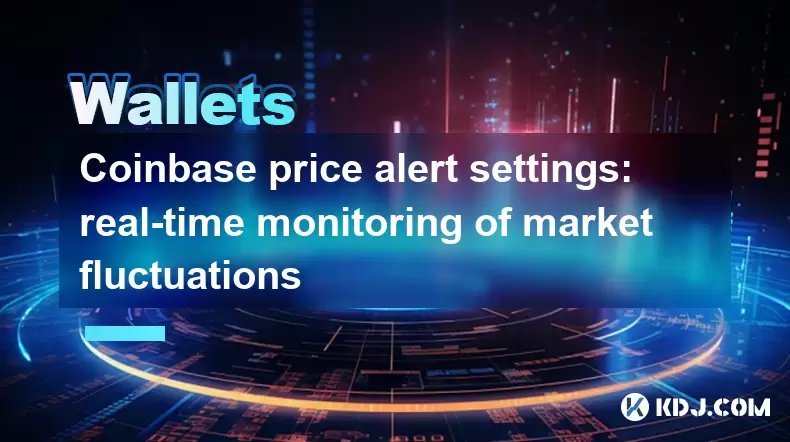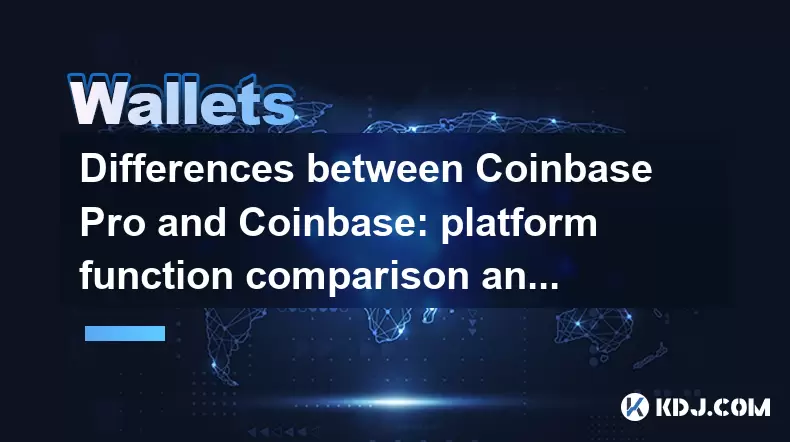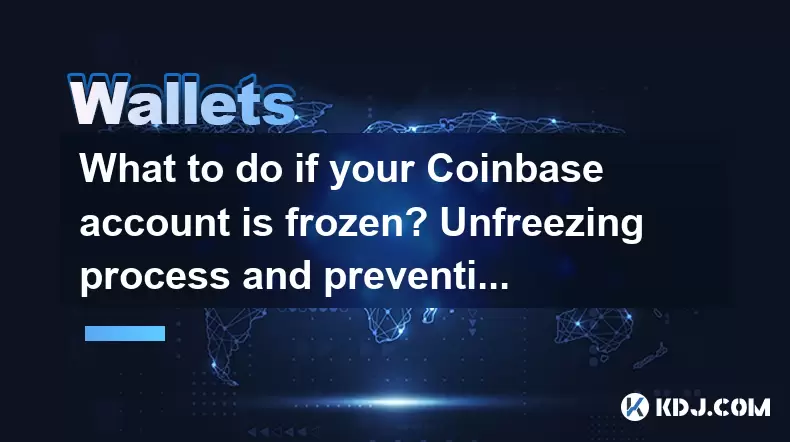-
 Bitcoin
Bitcoin $108,489.6704
1.13% -
 Ethereum
Ethereum $2,502.0528
2.92% -
 Tether USDt
Tether USDt $1.0002
0.00% -
 XRP
XRP $2.1941
0.51% -
 BNB
BNB $655.3375
1.00% -
 Solana
Solana $151.5977
1.27% -
 USDC
USDC $0.9999
0.00% -
 TRON
TRON $0.2768
0.32% -
 Dogecoin
Dogecoin $0.1676
2.86% -
 Cardano
Cardano $0.5675
0.98% -
 Hyperliquid
Hyperliquid $40.6109
7.48% -
 Bitcoin Cash
Bitcoin Cash $500.7746
2.09% -
 Sui
Sui $2.8328
2.03% -
 Chainlink
Chainlink $13.4452
1.26% -
 UNUS SED LEO
UNUS SED LEO $9.1623
0.39% -
 Avalanche
Avalanche $18.2267
2.24% -
 Stellar
Stellar $0.2382
0.00% -
 Toncoin
Toncoin $2.8885
1.68% -
 Shiba Inu
Shiba Inu $0.0...01159
0.91% -
 Litecoin
Litecoin $87.1827
0.88% -
 Hedera
Hedera $0.1511
2.90% -
 Monero
Monero $315.4992
-0.59% -
 Polkadot
Polkadot $3.4663
2.34% -
 Bitget Token
Bitget Token $4.6118
-0.65% -
 Dai
Dai $1.0000
-0.01% -
 Ethena USDe
Ethena USDe $1.0003
0.02% -
 Uniswap
Uniswap $7.2989
4.69% -
 Pepe
Pepe $0.0...01003
5.73% -
 Aave
Aave $275.5616
7.15% -
 Pi
Pi $0.5181
-2.49%
How do I view smart contract interaction records in Trust Wallet?
Trust Wallet doesn't show all smart contract interactions directly, but you can access this info via blockchain explorers like Etherscan for Ethereum or BscScan for BSC.
Apr 04, 2025 at 05:08 am

Trust Wallet, a popular mobile cryptocurrency wallet, doesn't directly display a comprehensive history of all smart contract interactions within its interface in the same way a dedicated blockchain explorer might. However, you can still access this information through several methods, depending on the specific blockchain and smart contract you're interested in.
Accessing Smart Contract Interaction Records
The process of viewing smart contract interaction records depends heavily on the blockchain your smart contract resides on. Trust Wallet supports a wide range of blockchains, each with its own explorer. Therefore, there isn't a single, universal method.
Using a Blockchain Explorer: This is the most reliable method. Every major blockchain (Ethereum, Binance Smart Chain, Polygon, etc.) has its own dedicated explorer. These explorers provide detailed transaction history for every address on the network. You'll need the address of the smart contract you interacted with and potentially your own wallet address. Simply paste your address into the explorer's search bar to view transactions. Many explorers allow filtering by token or contract address.
Checking Transaction Details Within Trust Wallet: While Trust Wallet doesn't show a detailed smart contract interaction log, it does display basic transaction information. When you view a transaction within your Trust Wallet history, you might find a link to the blockchain explorer associated with that transaction. Clicking this link will take you to the explorer, where you can see the full details of the interaction, including gas fees and smart contract calls.
Understanding Transaction Hash: Each transaction on a blockchain is uniquely identified by a transaction hash (a long alphanumeric string). You can find this hash within your Trust Wallet transaction history. This hash is crucial for finding the details of your interaction on the relevant blockchain explorer. Use this hash to search directly on the explorer for a detailed record of the transaction.
Identifying Relevant Smart Contract Address: Before searching, you need to know the address of the specific smart contract you interacted with. This address is often provided by the decentralized application (dApp) you used. If you can't find it, looking at the transaction details within Trust Wallet might reveal the contract address involved in the transaction.
Different Blockchains, Different Explorers
Remember that each blockchain uses a different explorer. Here are some examples:
- Ethereum: Etherscan.io is the most popular explorer for Ethereum.
- Binance Smart Chain: BscScan.com is the equivalent for Binance Smart Chain.
- Polygon: Polygonscan.com is the dedicated explorer for the Polygon network.
Using the correct explorer is vital for finding your transaction information. Using the wrong explorer will yield no results. Always verify the blockchain your smart contract is on before searching. The network name is usually clearly displayed within the dApp or in your Trust Wallet transaction details.
Interpreting the Explorer Data
Once you've accessed the blockchain explorer, you'll see a detailed breakdown of the transaction. This information typically includes:
- Transaction Hash: The unique identifier for the transaction.
- Block Number: The block in which the transaction was included.
- Timestamp: The time the transaction was processed.
- From Address: Your wallet address.
- To Address: The smart contract address.
- Gas Used: The amount of gas consumed during the transaction.
- Gas Price: The price paid per unit of gas.
- Value: The amount of cryptocurrency transferred (if any).
- Input Data: This section contains the specific function called within the smart contract and any arguments passed to it. This is often the most important part for understanding the exact interaction. It might be represented in hexadecimal code, requiring some technical knowledge to interpret fully.
Troubleshooting and Common Issues
Transaction not showing up: If you can't find your transaction, ensure you're using the correct blockchain explorer and that enough time has passed for the transaction to be included in a block. Network congestion can cause delays.
Difficulty interpreting input data: The input data section can be complex. If you lack the technical skills to understand it, consider seeking assistance from the dApp's community or developers.
Incorrect smart contract address: Double-check the smart contract address you're using. Even a slight error will prevent you from finding the transaction.
Privacy Concerns: Remember that all transactions on a public blockchain are publicly visible. While your personal information isn't directly linked, your transaction history is accessible to anyone.
Frequently Asked Questions
Q: Can I view all my smart contract interactions in one place within Trust Wallet?
A: No, Trust Wallet doesn't provide a consolidated view of all smart contract interactions. You need to use blockchain explorers for a complete record.
Q: What if I don't know the smart contract address?
A: Check your Trust Wallet transaction history. The transaction details might include the contract address. Alternatively, the dApp you used should provide this information.
Q: My transaction isn't appearing on the explorer. What should I do?
A: Wait some time. It might take time for the transaction to be confirmed and added to a block. Check the transaction status within Trust Wallet. If it remains pending for an extended period, contact the dApp support or the relevant blockchain support team.
Q: The input data on the explorer is confusing. How can I understand it?
A: The input data is often encoded. You may need to consult the smart contract's documentation or seek help from developers or the dApp community to decipher it. It often represents the function call and arguments.
Q: Is it safe to use blockchain explorers?
A: Reputable blockchain explorers are generally safe. However, always use official explorers and be cautious of phishing websites that might mimic their appearance. Never enter your private keys or seed phrase on any website.
Disclaimer:info@kdj.com
The information provided is not trading advice. kdj.com does not assume any responsibility for any investments made based on the information provided in this article. Cryptocurrencies are highly volatile and it is highly recommended that you invest with caution after thorough research!
If you believe that the content used on this website infringes your copyright, please contact us immediately (info@kdj.com) and we will delete it promptly.
- Jasmy Coin, Bitcoin, and the Rise of Solaris Presale: What's the Buzz?
- 2025-06-30 18:30:12
- Wintermute, Bitcoin Lending, and Cantor Fitzgerald: A New Chapter?
- 2025-06-30 16:30:12
- Polkadot: From Ethereum Killer to Ghost Chain? The Crypto Fading Phenomenon
- 2025-06-30 16:50:12
- Bitget Lists NodeOps (NODE) for Spot Trading: A New Era for DePIN?
- 2025-06-30 16:30:12
- Warren Buffett, Bitcoin, and the Oracle of Omaha's Evolving Views
- 2025-06-30 16:35:12
- Blockchain, Bitcoin, and Holdings: Navigating the Crypto Landscape in Style
- 2025-06-30 17:10:11
Related knowledge

Coinbase price alert settings: real-time monitoring of market fluctuations
Jun 29,2025 at 07:00am
Setting Up Coinbase Price AlertsTo begin real-time monitoring of market fluctuations on Coinbase, users can utilize the built-in price alert feature. This function allows you to receive notifications when a cryptocurrency reaches a specific price point. To access this setting, open the Coinbase app or log in via the web platform. Navigate to the 'Prices...

How to stake cryptocurrencies on Coinbase? Benefits and risks
Jun 27,2025 at 06:36pm
Understanding Cryptocurrency Staking on CoinbaseStaking cryptocurrencies involves locking up digital assets to support the operations of a blockchain network, typically in return for rewards. Coinbase, one of the most popular cryptocurrency exchanges globally, offers staking services for several proof-of-stake (PoS) coins. Users can stake their holdings...

Differences between Coinbase Pro and Coinbase: platform function comparison and analysis
Jun 29,2025 at 08:21am
Overview of Coinbase and Coinbase ProWhen exploring the cryptocurrency trading landscape, users often encounter two platforms under the same parent company: Coinbase and Coinbase Pro. While both are operated by the same organization, they cater to different types of users and offer varying features. Coinbase is primarily designed for beginners and casua...

What to do if your Coinbase account is frozen? Unfreezing process and preventive measures
Jun 30,2025 at 03:49am
Understanding Why Your Coinbase Account Might Be FrozenIf your Coinbase account is frozen, it typically indicates that the platform has detected suspicious activity or potential violations of its terms of service. This could be due to a variety of reasons such as unusual login attempts, high-risk transactions, or incomplete verification steps. Coinbase ...

How to contact Coinbase customer service? Support channels and response times
Jun 28,2025 at 01:29pm
Contacting Coinbase Customer Service: Support Channels and Response TimesIf you're a user of Coinbase, reaching their customer service team may become necessary for various reasons, such as account verification issues, transaction disputes, or technical difficulties. Understanding the different support channels available and what to expect in terms of r...

Coinbase advanced trading function usage tutorial: limit orders and market orders
Jun 28,2025 at 09:07pm
Understanding the Difference Between Limit Orders and Market OrdersWhen using Coinbase's advanced trading features, it is crucial to understand the fundamental difference between limit orders and market orders. A market order executes immediately at the best available price on the market. This type of order ensures that your trade goes through quickly, ...

Coinbase price alert settings: real-time monitoring of market fluctuations
Jun 29,2025 at 07:00am
Setting Up Coinbase Price AlertsTo begin real-time monitoring of market fluctuations on Coinbase, users can utilize the built-in price alert feature. This function allows you to receive notifications when a cryptocurrency reaches a specific price point. To access this setting, open the Coinbase app or log in via the web platform. Navigate to the 'Prices...

How to stake cryptocurrencies on Coinbase? Benefits and risks
Jun 27,2025 at 06:36pm
Understanding Cryptocurrency Staking on CoinbaseStaking cryptocurrencies involves locking up digital assets to support the operations of a blockchain network, typically in return for rewards. Coinbase, one of the most popular cryptocurrency exchanges globally, offers staking services for several proof-of-stake (PoS) coins. Users can stake their holdings...

Differences between Coinbase Pro and Coinbase: platform function comparison and analysis
Jun 29,2025 at 08:21am
Overview of Coinbase and Coinbase ProWhen exploring the cryptocurrency trading landscape, users often encounter two platforms under the same parent company: Coinbase and Coinbase Pro. While both are operated by the same organization, they cater to different types of users and offer varying features. Coinbase is primarily designed for beginners and casua...

What to do if your Coinbase account is frozen? Unfreezing process and preventive measures
Jun 30,2025 at 03:49am
Understanding Why Your Coinbase Account Might Be FrozenIf your Coinbase account is frozen, it typically indicates that the platform has detected suspicious activity or potential violations of its terms of service. This could be due to a variety of reasons such as unusual login attempts, high-risk transactions, or incomplete verification steps. Coinbase ...

How to contact Coinbase customer service? Support channels and response times
Jun 28,2025 at 01:29pm
Contacting Coinbase Customer Service: Support Channels and Response TimesIf you're a user of Coinbase, reaching their customer service team may become necessary for various reasons, such as account verification issues, transaction disputes, or technical difficulties. Understanding the different support channels available and what to expect in terms of r...

Coinbase advanced trading function usage tutorial: limit orders and market orders
Jun 28,2025 at 09:07pm
Understanding the Difference Between Limit Orders and Market OrdersWhen using Coinbase's advanced trading features, it is crucial to understand the fundamental difference between limit orders and market orders. A market order executes immediately at the best available price on the market. This type of order ensures that your trade goes through quickly, ...
See all articles

























































































